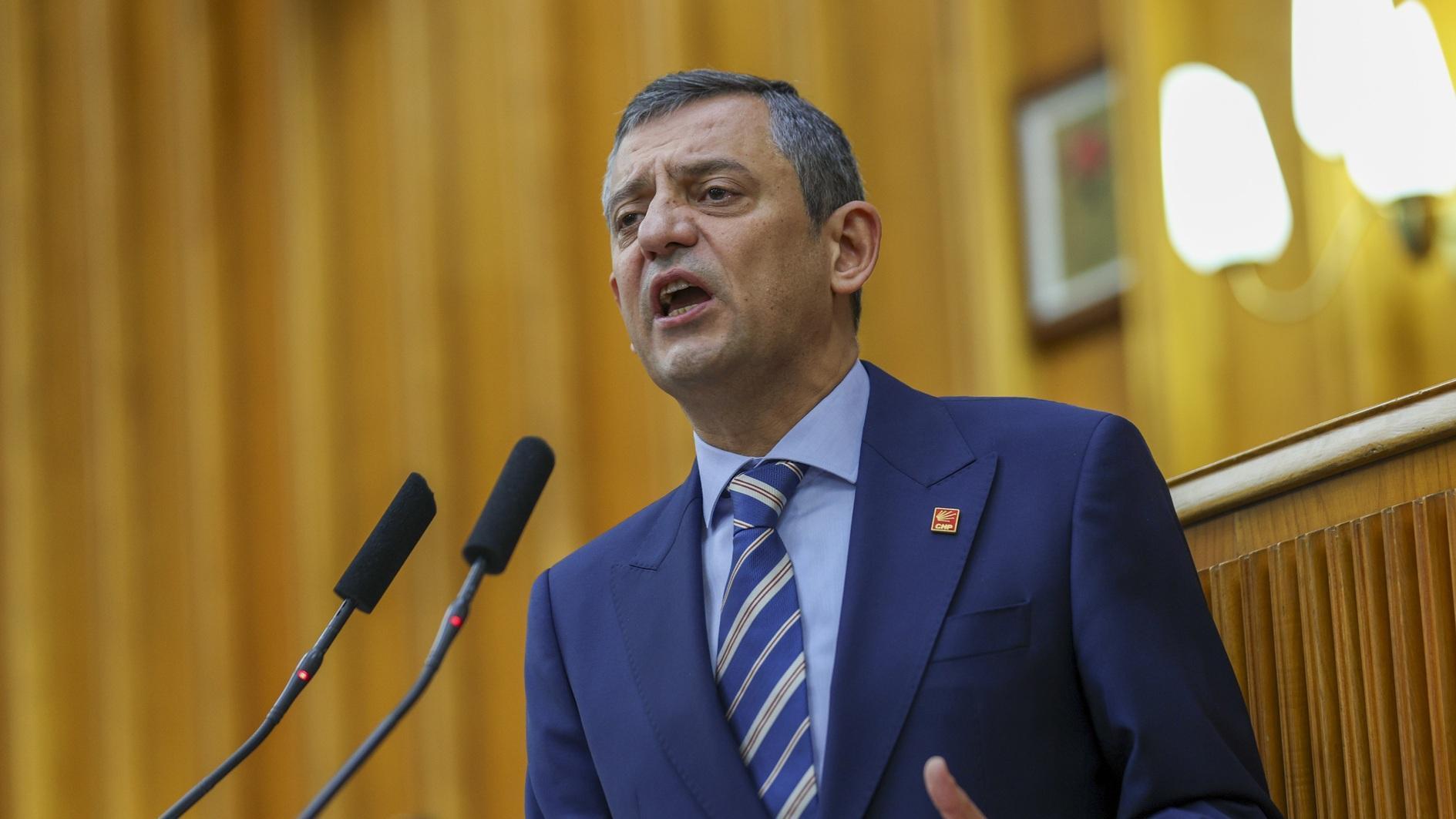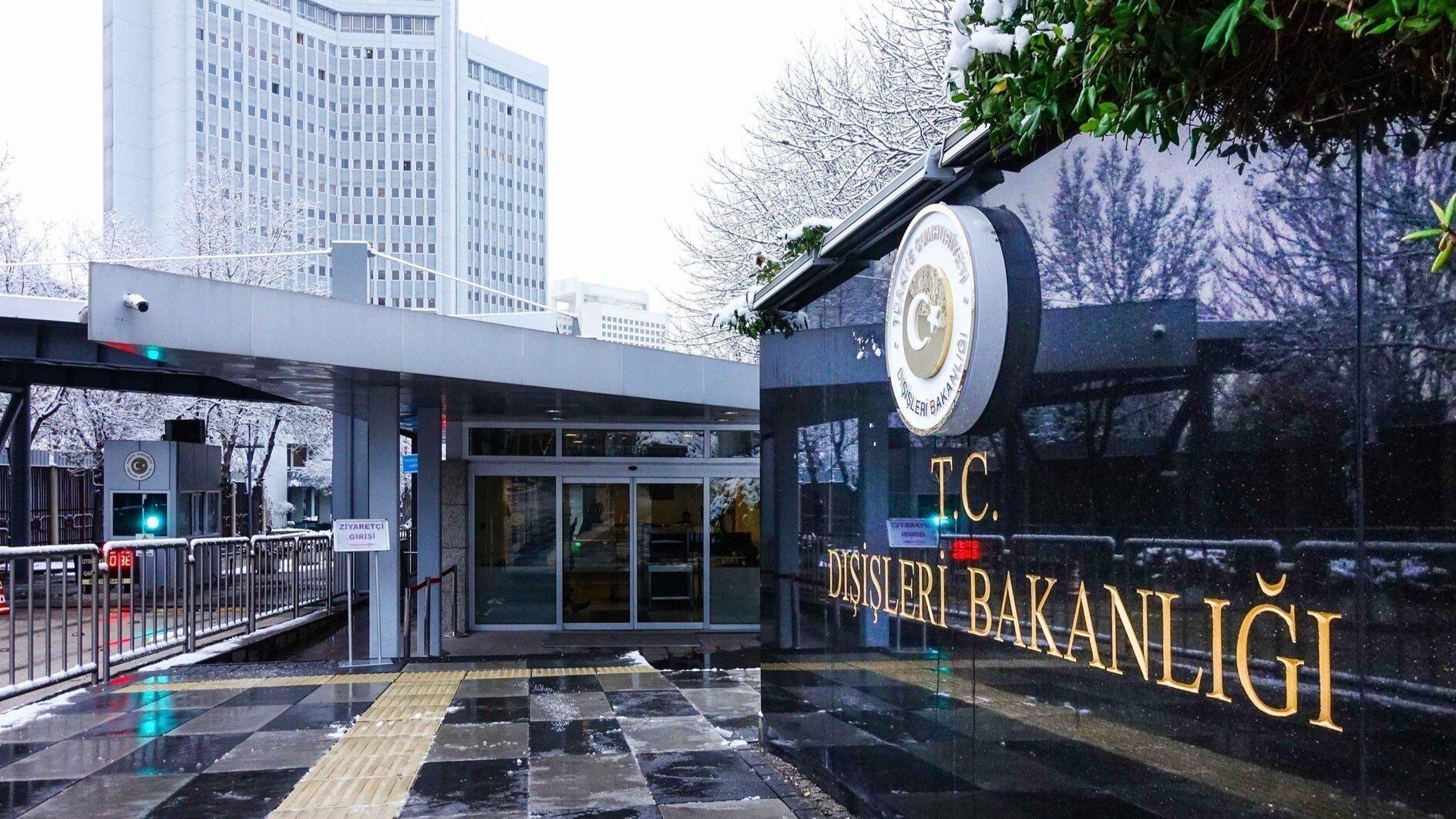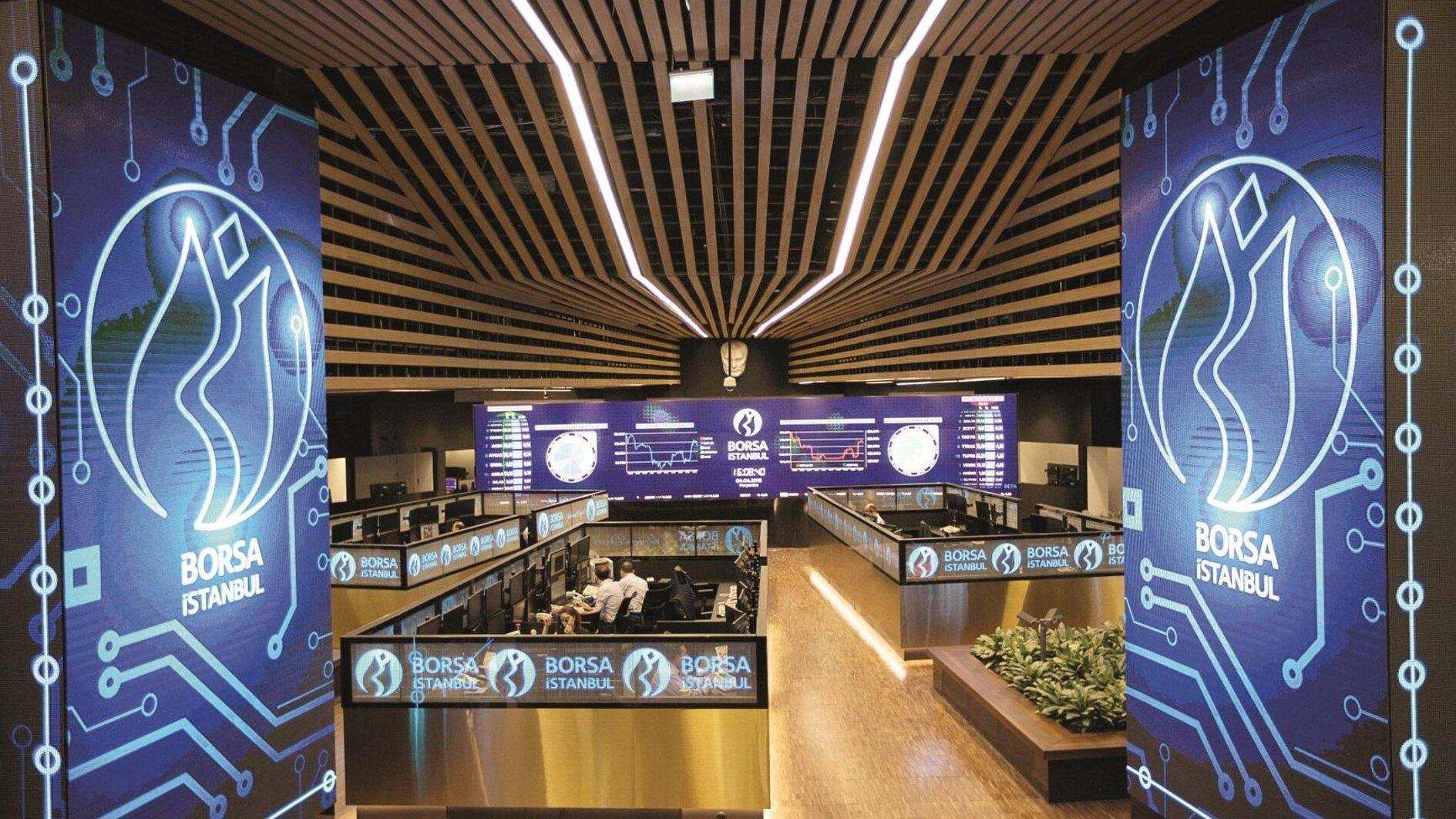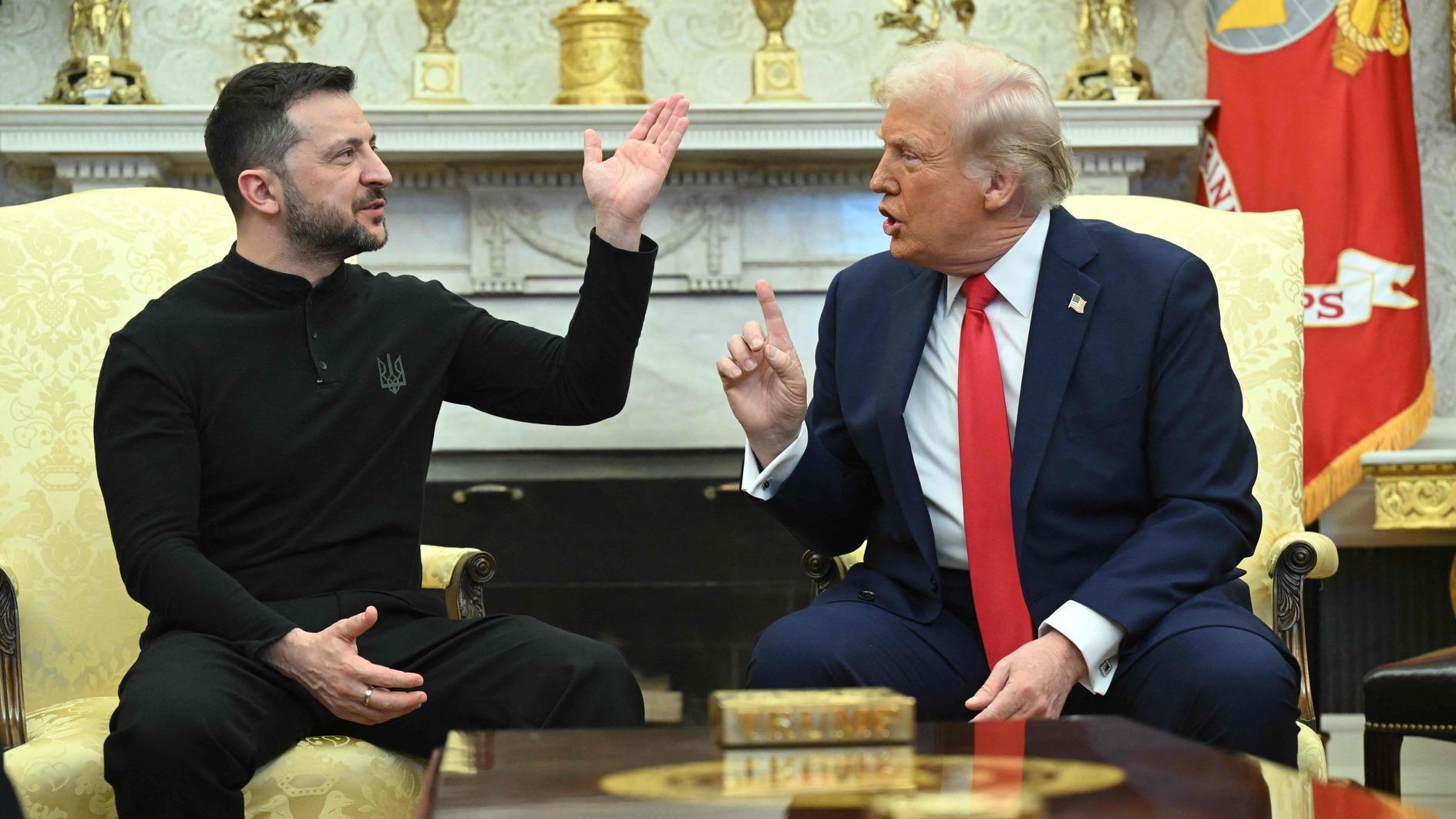Protest art from Kiev's Maidan on show in Vienna
VIENNA - Agence France-Presse
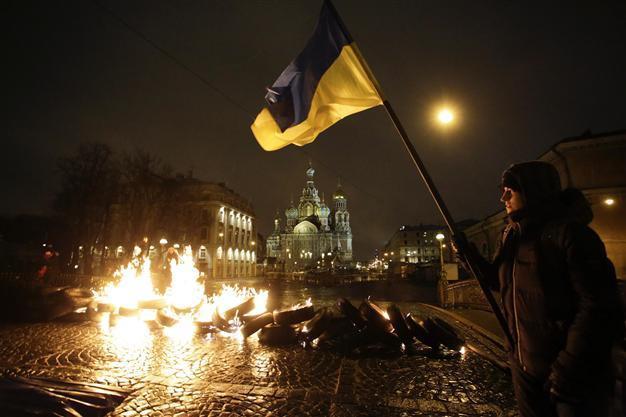
40 Ukrainian artists were inspired by or eerily prescient of the clashes that helped topple the government in February. REUTERS Photo
Tyres "burn" in a corner, gas masks and truncheons hang from the ceiling: as unrest rocks Ukraine, art from Kiev's Maidan is already making its debut in a Vienna museum.The exhibit is titled "I Am a Drop in the Ocean" after a slogan used by the protesters on the Maidan, or Independence Square.
Thrown together in just five weeks, the works by some 40 Ukrainian artists were inspired by or eerily prescient of the clashes that helped topple the government in February.
Protesters with grimy faces, wearing balaclavas and camouflage jackets, stare out of photographs; oil paintings show lines of riot police with shields; a collection of blurry black-and-white pictures taken during the clashes recalls combat pictures from World War I.
"Some of the artists created the art directly on Maidan," said Alisa Lozhkina, one of the two Ukrainian curators of the exhibit, which opened last week at Vienna's Kuenstlerhaus.
"It was not something where they were sitting at home... They were at Maidan, they created and improvised galleries and they spent several months together with the protesters."
Much of the art played a direct role in the protests against president Viktor Yanukovych's government: so-called Strike Posters created by graphic designers were circulated on Facebook and used as symbols. Artists also staged protest performances, holding up mirrors to riot police so they had to see their own reflections, or setting up a piano in front of a line of riot police standing shoulder-to-shoulder behind their shields. Pictures of these performances and some of the mirrors are featured in the exhibit, alongside graffiti, charcoal drawings and metal sculptures.
"I really wanted to show this art. I'm not talking about quality of art, I'm talking about the spirit of the event. The quality of the art will be judged by the visitors," said co-curator Konstantin Akinsha.
The idea arose from an article that the curators published on Maidan art earlier this year. Akinsha, who was in Vienna curating another show, quickly found a venue: "It was a makeshift initiative but it worked."
Among the most striking artworks on show are two that were created even before the protests turned serious in December.
Myroslav Vaydas's 2012 work "Forest" shows stacks of tyres with smoke escaping from the top, a nightly scene on the Maidan where the acrid smell of burnt tyres permeated the air for weeks. Photographer Nikita Shalennyi hauntingly recreated Rembrandt's "The Anatomy Lesson of Dr. Nicolaes Tulp" using actors posing as actual Berkut officers -- feared riot police who were disbanded by Ukraine's new government -- in the place of the doctors.
Although he took the picture in October, Shalennyi says he already predicted the coming unrest.
"I don't have an illusion that art by itself can change everything, but I feel that it can add something. In this case every artist is making his small contribution," he told AFP. Other art installations show barricades with barbed wire and sandbags, and a small-scale model and drawings of a mediaeval-looking catapult used during the unrest are also on display.
In Austria and in the West, "we simulate a lot of things. But over there, nothing is simulated, it's serious, people are dying in the streets," said Kuenstlerhaus director Peter Zawrel, who quickly agreed to host the exhibit when he heard about it.
"It's impressive what artists did in Ukraine, and I think that is an incentive for the art scene here too."
Lozhkina's only regret was being unable to show the other side of the protests.
"I was trying honestly to find at least one artist who would support the other side and I didn't manage to find anyone... The other side had no face."
The organisers are now in talks to bring the exhibit to Germany and Poland. In Vienna, it runs until


